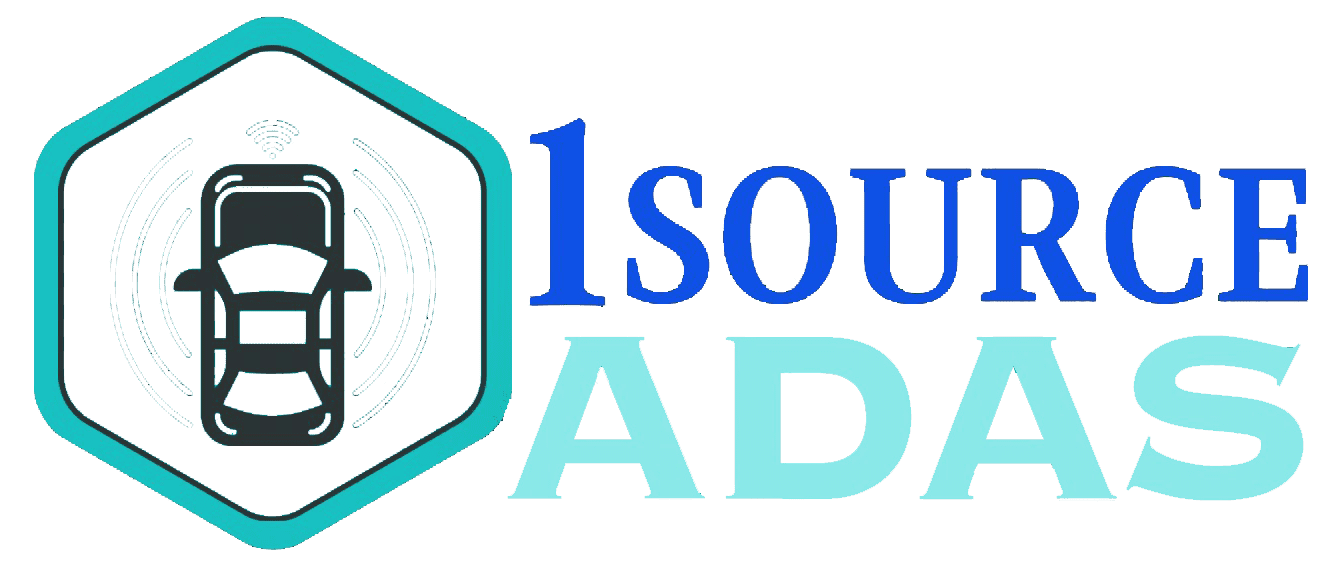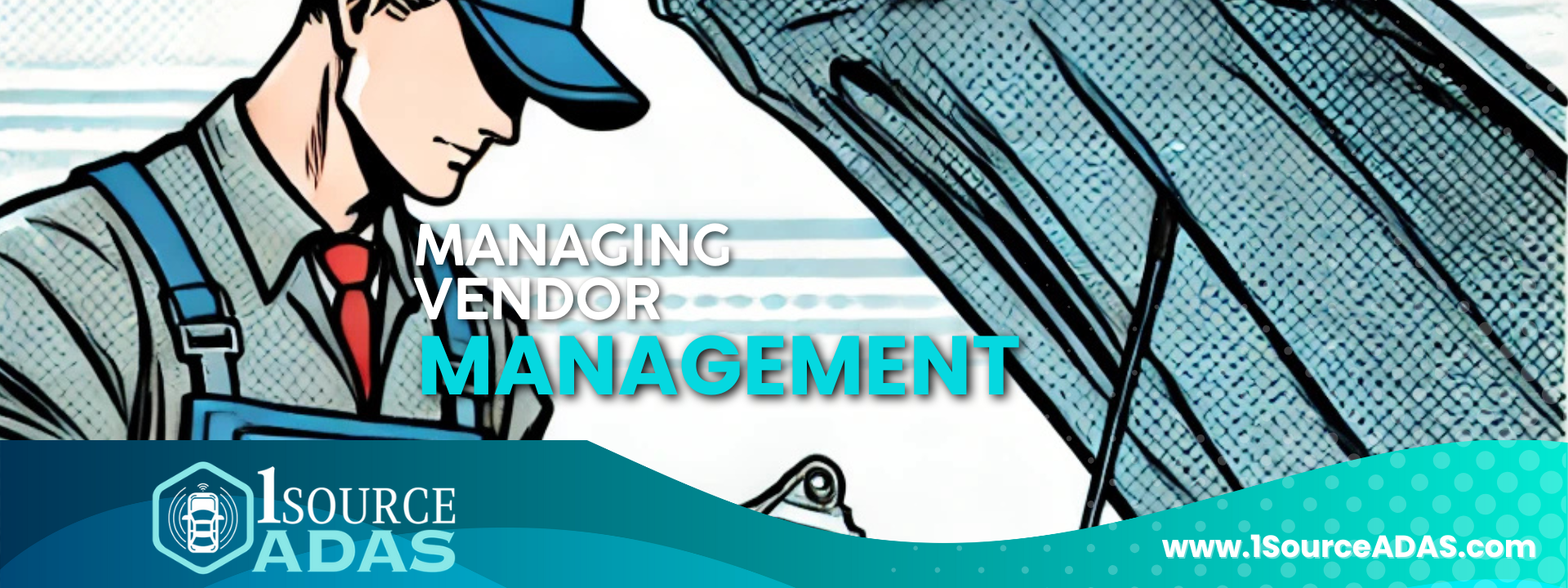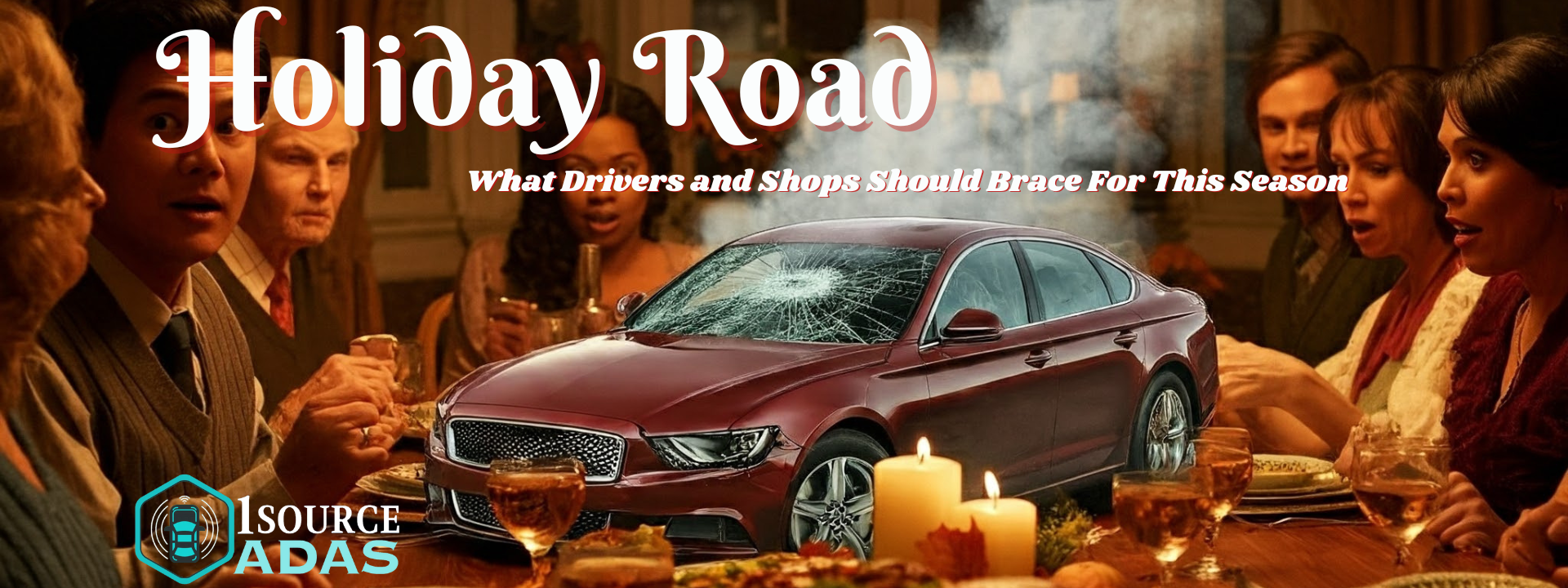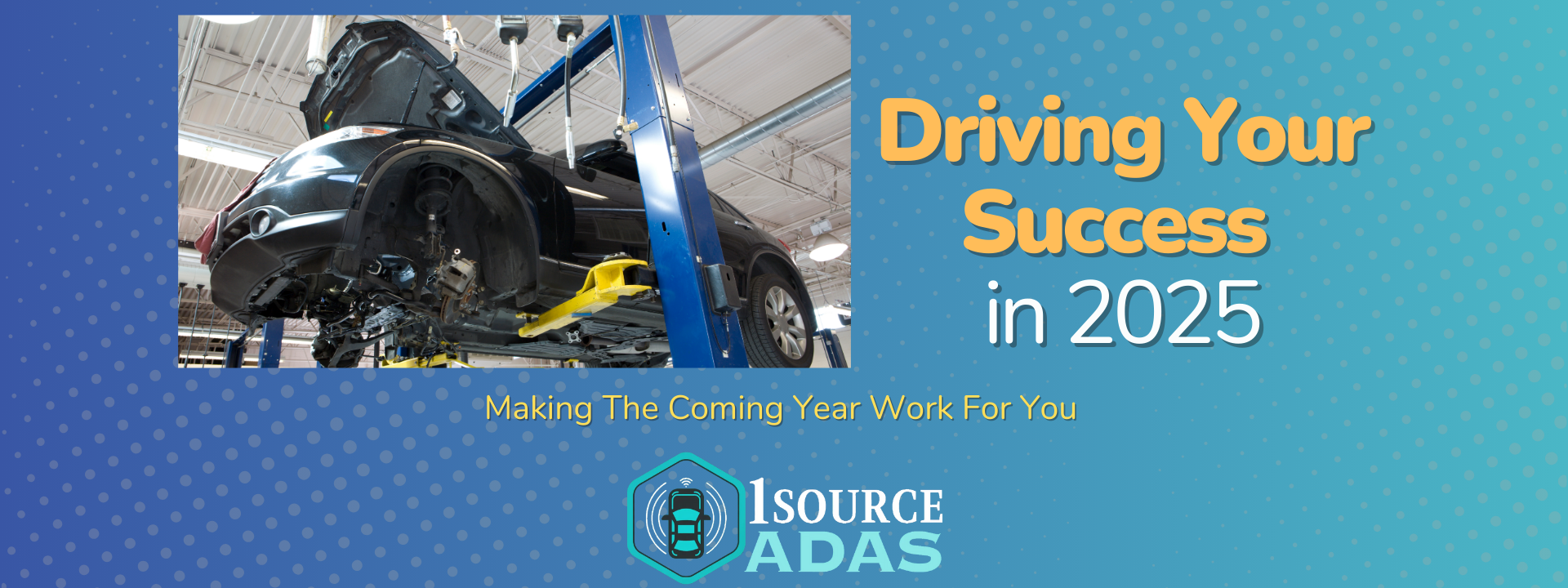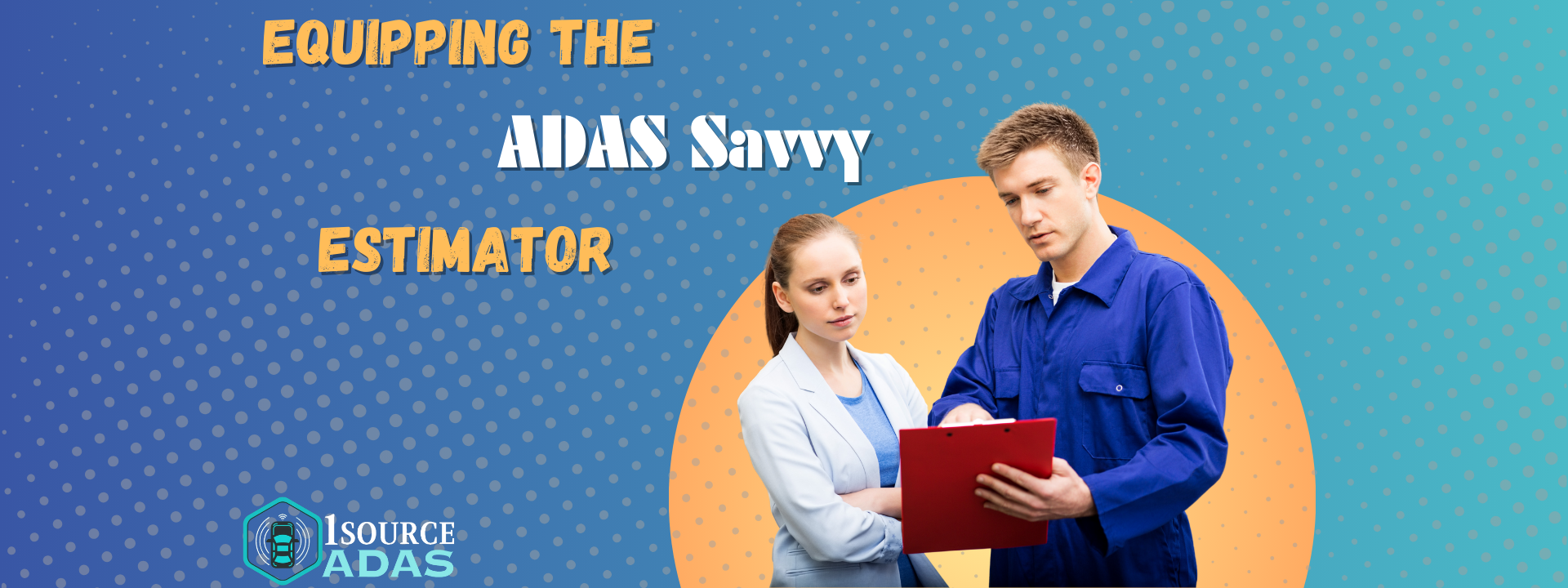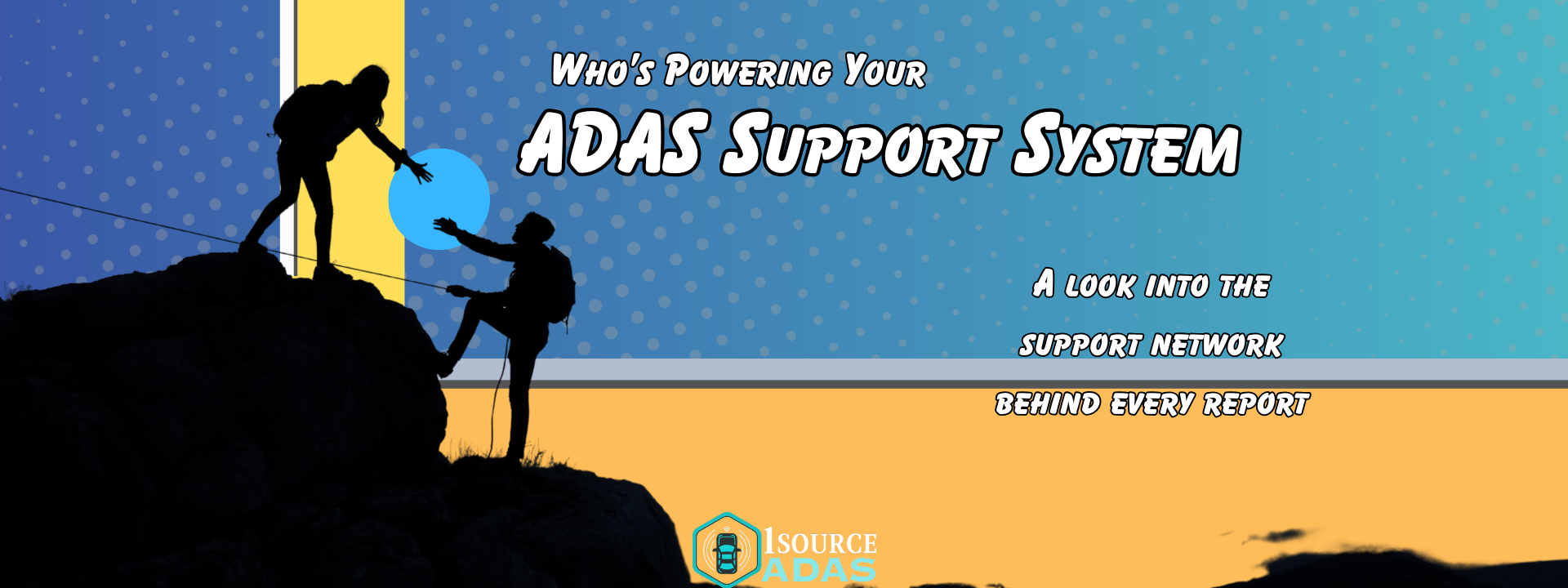Contact@1sourceADAS.com
There is an order to everything. Sometimes you just have to explain it better.
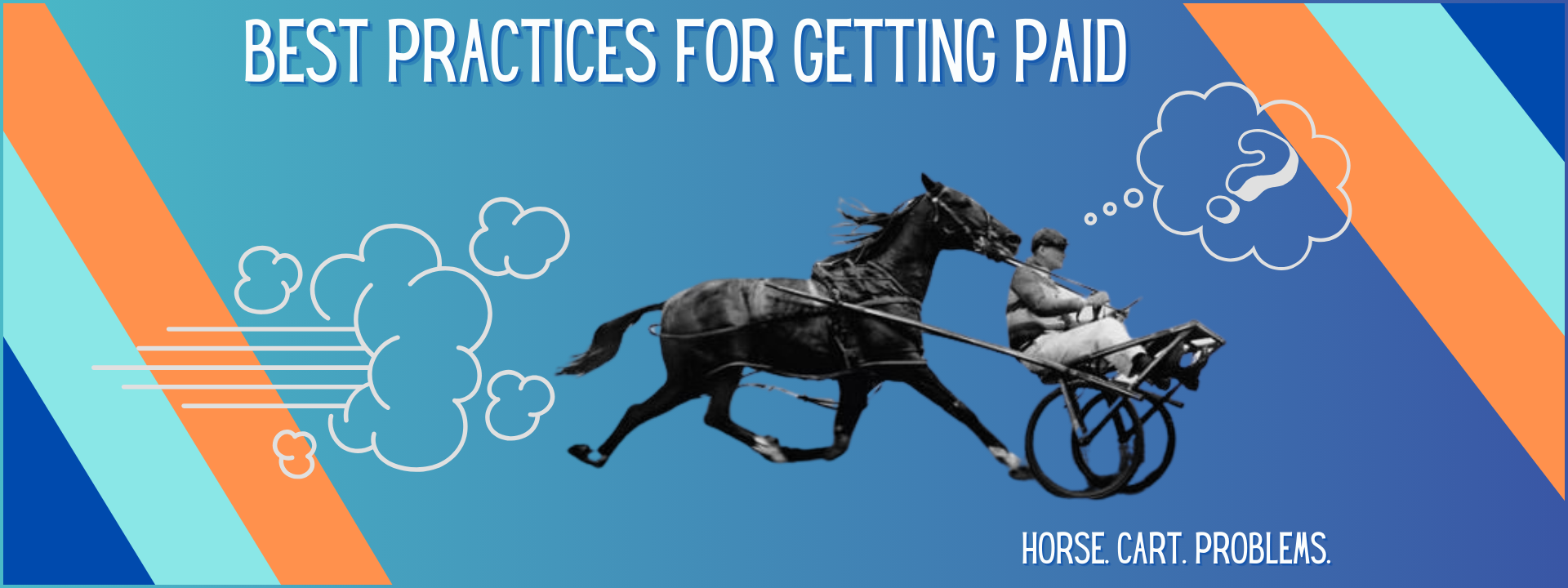
One question we regularly get from our customers is how to present calibration information to insurance companies and get paid for the work they have done. While every insurer's claim process is different, there are some things you can and should be doing to ensure your files are presented in a way that is likely to be accepted and paid.
Sometimes, regardless of the quality of your documentation, you’ll be told, “We don’t pay for that.”. That is often the unfortunate reality of modern repair. However, by following some of the tips below, you’ll find that ‘we don’t pay for that’ doesn’t have to mean you’re doing it for free. So, let's talk about the shop's role in the claims process and how we can be paid appropriately for our work.
Insurance 101
As a shop, it’s important to remember that the insurance company is not the customer. Insurers typically pay most of the bill, so knowing how to interface with them is important. So, where do the customer, insurer, and shop all fit into the policy from a service provider's perspective?
When customers purchase an insurance policy, they enter into a contract with the insurer. It’s important to remember that as a shop or service provider, you are not a party to that contract. This means the insurer has no duty to the shop, and their interest ends in fulfilling their perceived duties to the insured. Why is this important? While you are not a party to the contract, you are the expert in the repair process. It falls on you to provide the supporting documentation to establish the claim's value. If the insurer determines a claim value is not supported, it is often not paid in full.
There are a few good ways to avoid being paid for your work. Completing work that has not yet been approved, sending multiple supplements, and assuming the inclusion of damages are all games of chance. While we can argue right or wrong, humans are in charge of these processes, so assuming something may be okay opens up the chance that it’s not.
The key takeaway is that the policy is a contract between the
customer
and the
insurance company. When we lose sight of that and attempt to insert ourselves as something other than a service provider, problems can often arise.
Timing
A repair file with everything buttoned up on the front end is more likely to be a smooth process than a repair with multiple supplements. Additional supplements, especially late in the process, are often met with more resistance. While that shouldn’t matter from a clinical perspective, the truth is that no one likes a surprise bill at the end of a process. So, determining the scope and cost of repair as much as possible on the front end is a solid first step to making the repair go your way. Here are some tips for timing things so they benefit you.
- Blueprint the vehicle. Proper blueprinting lets you stay in control of the repair space
- Before starting the repair, make sure the repair is approved by both the customer and the insurer
- Avoid zero-pricing items and note “invoice pending” when possible. An estimated cost that sets expectations is good, but a surprise invoice that’s higher than expected is not.
- Supplements for work you’ve completed are much more likely to be denied. A complete estimate on an untouched car beats an unapproved estimate on a finished car.
While having a 100% dialed-in estimate at disassembly is sometimes not possible, the closer you get, the better off you will be. Negotiation becomes more difficult as the repair process proceeds. Negotiate the repair on the front end.
Documentation
Every line on the estimate should have supporting documentation. This may be a photo, an OE procedure, or something easily referenced in the P-Pages.
- Ensure copies of the repair documentation accompany the estimate
- Use estimate line notes as directions to reference documentation
- Read the documentation you collect for the repair, and be prepared to walk a reviewer through the repair process
This is not as daunting as it may sound. Most estimate operations are covered by ‘common documentation,’ meaning they’re known as included or not included for a specific panel operation. What you are really after is to support operations outside this common practice zone. ADAS operations should always be considered to require additional documentation. What makes them different?
- They are specific to the repair, not the part
- They may be required simply because a collision occurred
- They may have dependent operations like an alignment or full fuel tank
- Reviewers, on average, are far less familiar with ADAS operations than collision
- They are often sublets and are not typically cheap
Expect to be questioned anytime you must complete ADAS services during a repair and plan accordingly. Copies of the OE statements requiring the operation, copies of the procedure, and even photos of the car set up for calibration can all greatly assist in getting the required operations approved.
The Owner has Responsibilities, Too.
Remember when we talked about customer, insurer, and shop roles in the process earlier? We’ve covered that we document and repair, and the insurer pays, but the customer has responsibilities, too. This is their vehicle and their insurance policy. The best customer service happens when we help the customer understand this and navigate the process, not when we try to handle the process for them.
Explain the process to them fully at drop-off. Let them know that once you’ve disassembled the vehicle and completed your blueprint, you will provide them and their insurer with copies of everything needed to restore the vehicle to pre-loss condition. Let them know they’ll need to be involved if disagreements arise about what is covered or required for the repair.
Informing customers of extras the repair may need that insurers are likely to refuse before drop-off can prevent you from having to make up the difference. These are all items that are simple to plan ahead for.
- Advise customers to drop vehicles off with a full fuel tank and empty trunk
- Unless you’re willing to do it for free, discuss pricing for any special requests during the initial estimate
- Discuss and photo UPD and potential betterment items and ask the customer what they’d like done regarding those items
- If required repair operations can not be agreed upon with the insurer, promptly bring the issue to the customer's attention to get their direction
Clear communication regarding the duties of all involved parties is a great way to start off in the right direction.
Driving It Home
In today's complex world of ADAS-equipped vehicles, meticulous documentation is not just a best practice—it's your shop's lifeline. From securing proper reimbursement to protecting yourself from liability, the written record is your ultimate defense. Clear communication with your customers and insurers is key to a smooth claims process. So, invest the time upfront to document everything, and don't be afraid to leverage technology like 1Source ADAS to streamline your workflow and ensure accuracy.
Ready to take your ADAS documentation to the next level? The 1Source ADAS platform leverages the power of AI to review repair estimates and determine the proper ADAS services required for that repair. Your 1Source ADAS report includes necessary calibrations, pre-calibration requirements, and required safety inspections. The report comes in a convenient PDF format, making sharing it effortless. The reporting is instant, meaning you no longer need to spend hours hunting for the documentation. Best of all, there are no minimums or contracts to worry about. Simply pay for the reports you use.
Try 1Source ADAS free for seven days and experience the difference it can make for your shop. You can sign up today at
http://1SourceADAS.com.

